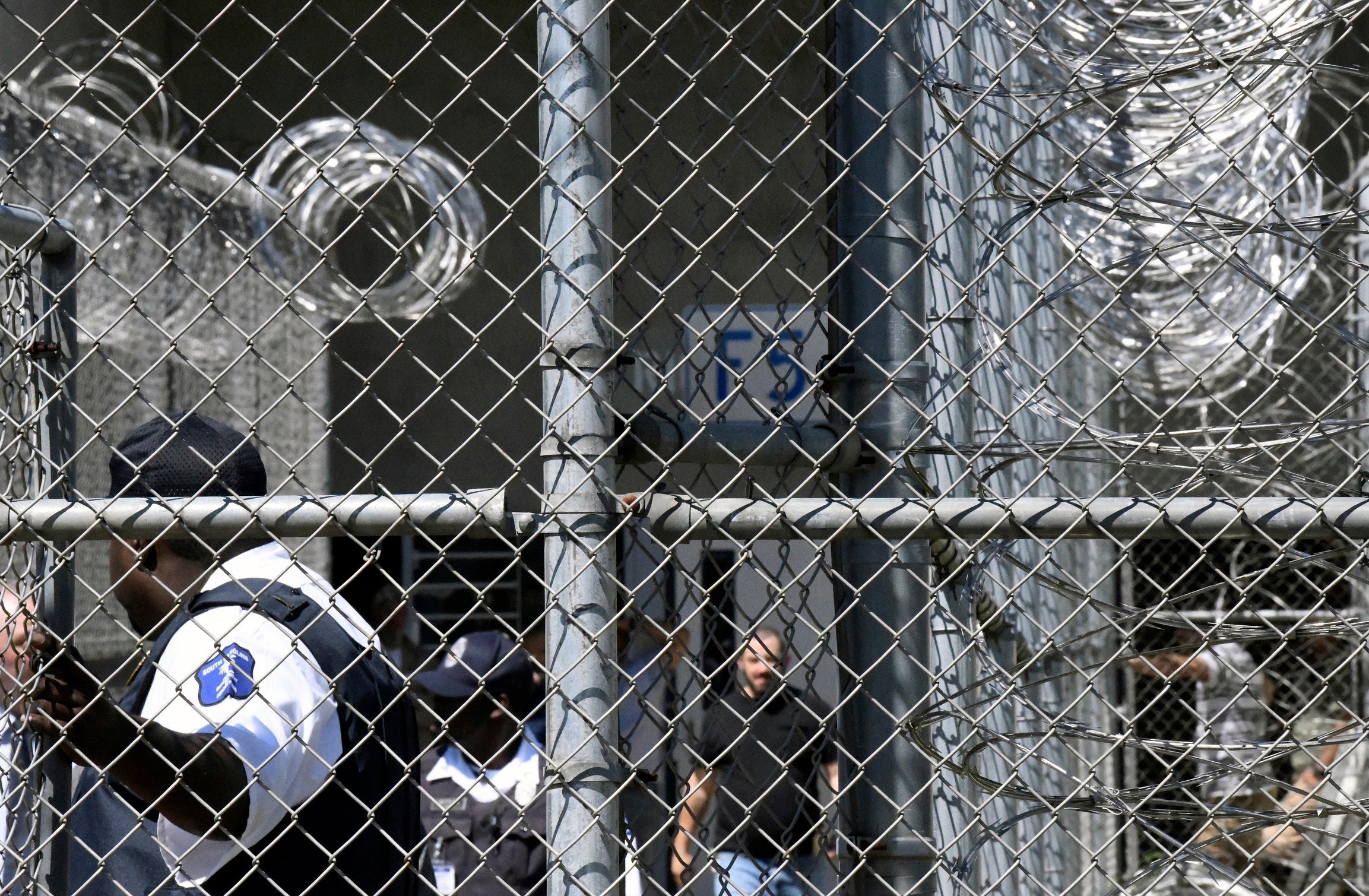Lawsuits: SC officials ignored risks ahead of prison riot
A slew of new lawsuits accuse South Carolina prisons officials of negligence and constitutional rights violations in a 2018 riot in which seven inmates were killed and more than a dozen others were injured

A slew of new lawsuits accuse South Carolina prisons officials of negligence and constitutional rights violations in a 2018 riot in which seven inmates were killed and more than a dozen others injured.
In the lawsuits, filed in federal court this week and provided to The Associated Press, attorneys for inmates affected by the violence at Lee Correctional Institution accuse top Department of Corrections officials of knowing about security flaws at the maximum-security men's prison, yet not repairing them, therefore putting inmates' lives at risk.
The lawsuits specifically target a locking system at Lee, which has been the center of much of the critique of security flaws that existed prior to the insurrection.
At the time of the riot, attorneys wrote, “all of the cell doors" in one of Lee's units "were easily compromised," meaning inmates could rig them so they could be opened or closed at any time. These issues, ongoing for as long as five years before the riot, were known to agency Director Bryan Stirling and other officials, who, the attorneys wrote, “made absolutely no effort" to ensure the doors worked properly, creating “a fundamentally unsafe condition for all inmates” there.
Officials have said the violence — the worst U.S. prison riot in 25 years — began as a battle over contraband and territory. Dozens of inmates have been charged in connection to the revolt, which raged for more than seven hours in Bishopville about 40 miles (65 kilometers) east of Columbia
Most of the slain were stabbed or slashed; others appeared to have been beaten. One inmate described bodies “literally stacked on top of each other, like some macabre woodpile.”
The suits specifically name top officials, including Stirling, saying his response to knowledge that subordinates were engaged in activity potentially harmful to inmates was “so inadequate as to show deliberate indifference."
Those allegations match up with complaints directly from Lee inmates. For several months ahead of the melee, the AP communicated with a Lee prisoner who used a contraband cellphone to offer insight into life behind bars. Describing frequent gang fights with homemade weapons, he said prisoners roamed freely, had easy access to cellphones and drugs, and were often left to police themselves.
“ALL of the doors to the cells are broken,” wrote the inmate, who spoke to the AP on the condition of anonymity because his cellphone was illegal and he feared retribution from other prisoners. “At any time, I can let myself out of my cell.”
Video obtained from the same inmate backed up claims about plentiful homemade weapons and broken locks.
The lawsuits mention the lack of a system that would have allowed security officers to disperse chemical agents to help quell an uprising and also accuses several officers of knowing that inmates “were seen and heard sharpening shanks/knives” before the riot, but failing to confiscate the weapons.
Stirling and other officials, attorneys wrote, “knew or should have known that their conscious failure to provide adequate security measures would result in unsafe conditions for the inmate population.” After the riot, the lawsuits noted, a national assessment team brought in by Corrections officials “concluded that the major contributing factors leading to the insurrection” included staff shortages, “facility defects” and an “atmosphere of fear and intimidation.”
The Corrections Department didn’t immediately comment on the new allegations, which join dozens of other state and federal lawsuits already pending against prisons officials related to the riots.
Improvements have since been implemented. A year after the violence, officials invited reporters to tour Lee, where they demonstrated a $1 million cell door locking system. Other measures included perimeter netting, scanning devices and drone monitoring to shut cellphones down. Officials still aren’t able to fully use cell signal-jamming technology Stirling wants, however.
State Rep. Justin Bamberg, attorney for some of the inmates, said so much information about the violence, and what led to it, remains unknown.
“It’s a damn shame that people are still left fighting for justice, and the public is still in the dark as to the true events of that day," Bamberg told AP. "These men accepted responsibility for the actions that originally sent them to prison, so why is it our prison system cannot accept responsibility for creating the horrendous conditions that caused this to occur in the first place?”
Carter Elliott, who also represents inmates suing the agency, said systemic issues at Lee, including security problems, should have made it clear to officials that a violent outburst was imminent.
“The operations and administrative staff were legally required to take some action to protect these human beings, properly serving their time, from extreme danger," Elliott said. "Instead, nothing was done, which allowed a powder keg to develop and explode on April 15, 2018.”
___
Meg Kinnard can be reached at http://twitter.com/MegKinnardAP.